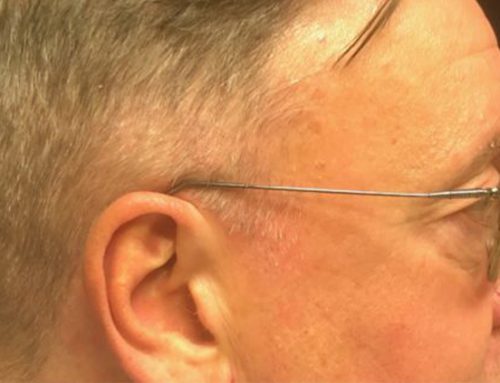Are you one of the many large-breasted women who scoff at that old ditty–We must, we must, we must increase our bust? Instead, do you think of all the downsides of having a larger bust, like neck and back pain, difficulty finding a bra that fits, feeling self-conscious, and being unable to participate in sports? If that’s you, breast reduction surgery could be a good solution.
About half a million breast reductions are performed each year in the US and around the world. It is a favorite procedure for many plastic surgeons because of how happy patients are with the results. “I should have done this years ago,” is a phrase we hear a lot from our patients here in Allen, Texas.
A breast reduction is such a popular procedure because it can solve a variety of problems, both physical and emotional. A 2017 study published in the journal Aesthetic Plastic Surgery found significant improvements in psychological well-being, sexual well-being, physical well-being, and satisfaction with the breasts after surgical reduction.
Breast reductions have been found particularly helpful when large breasts cause physical symptoms–a condition called symptomatic macromastia (large breasts). According to the American Society of Plastic Surgeons, this condition includes the following symptoms:
- Chronic neck, back and shoulder pain
- Chest wall pain
- Headaches
- Poor posture
- Numbness and tingling in the hands
- Shortness of breath
- Sleep disturbance
- Rashes under or between breasts
- Bra strap grooves
- Low exercise tolerance
Dr. Slack says breast reductions are so effective at providing symptomatic relief because the breasts are lifted during the procedure.
“Repositioning the breasts higher puts them in the position that the body was meant to carry them, off-loading the neck, back and shoulders,” he says. “Tension in these muscles leads to tension headaches. I tell patients it’s like the difference between carrying a stack of books out in front of you versus carrying them pressed to your chest. You could do the latter all day, but you won’t last long doing the former. Hence the importance of the lift.”
Insurance companies will often fully cover the cost of a breast reduction, if they approve it based on symptoms, previous non-surgical treatments, and the weight of breast tissue to be removed. They usually use the Schnur Sliding Scale to determine medical necessity and to approve coverage. It’s best to call or go online and review your policy before surgery, if you think you might be a candidate for this coverage.
Many women (40,000 in the US in 2016 alone) undergo breast reduction purely for cosmetic reasons. It is a good solution for the following aesthetic issues:
- Breasts too large for frame
- Uneven breasts that differ in size, volume, or contour
- Breasts stretched from breastfeeding, pregnancy or weight loss
- Enlarged areolas
- Low placed nipples (below breast fold)
Dr. Slack has found that breast reductions make for some of the most gratifying cases for both patient and surgeon. But that isn’t to say the procedure should be taken lightly. It is surgery after all, most often done under general anesthesia and sometimes requiring a night over in a hospital. The operation should only be performed by a qualified plastic surgeon at an accredited facility. And you must be properly screened.
To be a candidate for this kind of surgery, you must meet the following criteria:
- Be in good physical health
- Be at your ideal weight or close to it
- Be old enough, with fully developed breasts
- Have realistic expectations
- Be a non-smoker or quit at least 2 weeks before surgery.
If you are unhappy with your breast size, suffer from headaches, neck and shoulder pain, or simply want to find out if a breast reduction could be right for you, call our office today and schedule a consultation.





